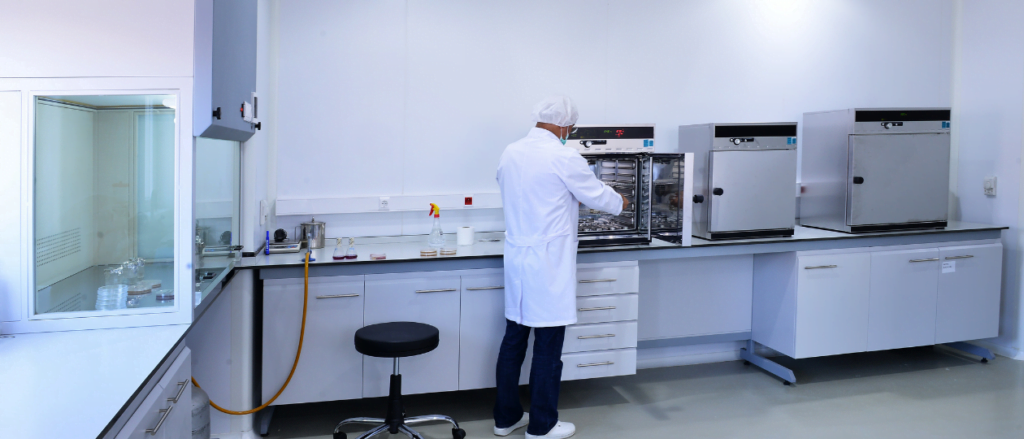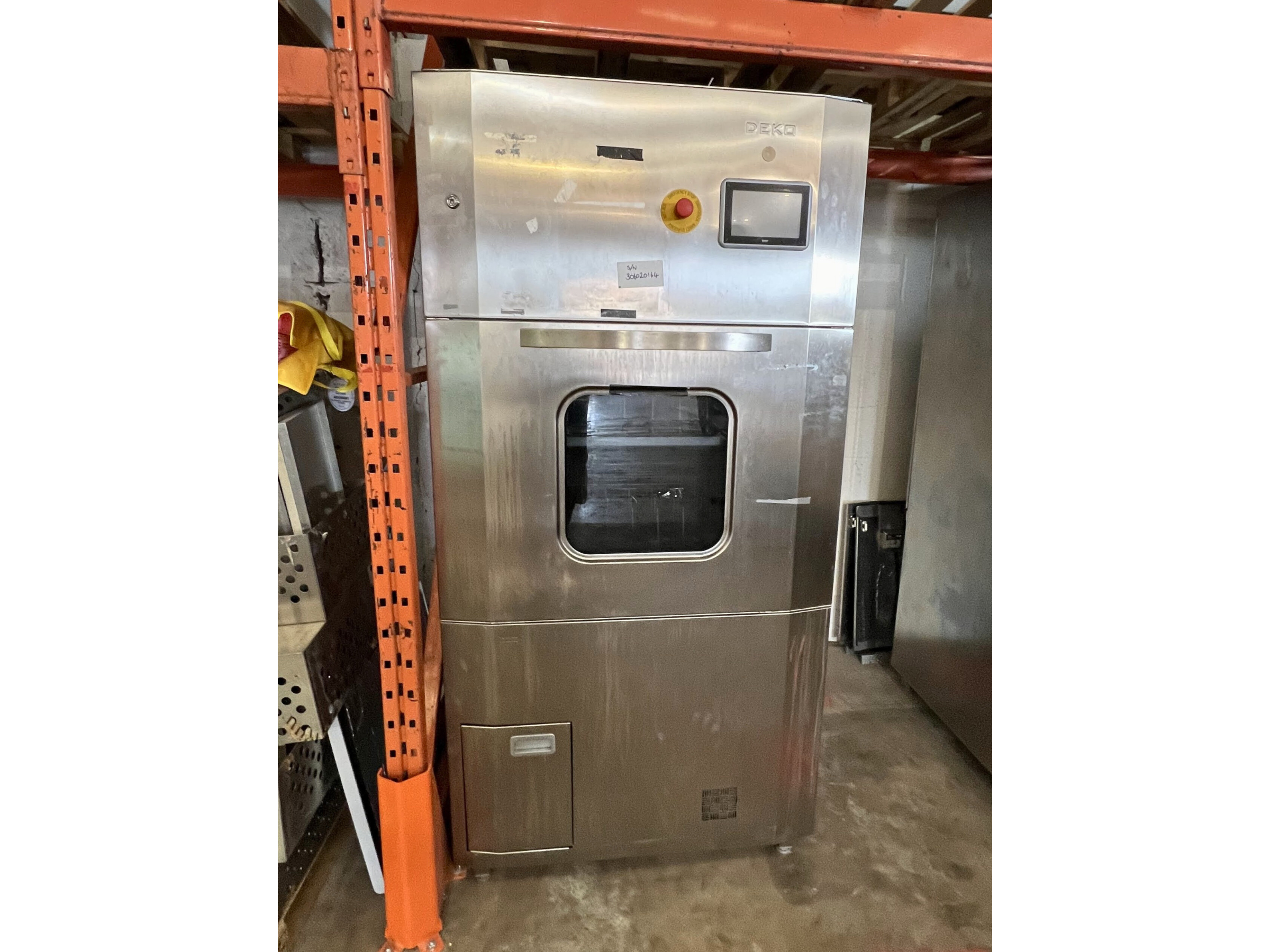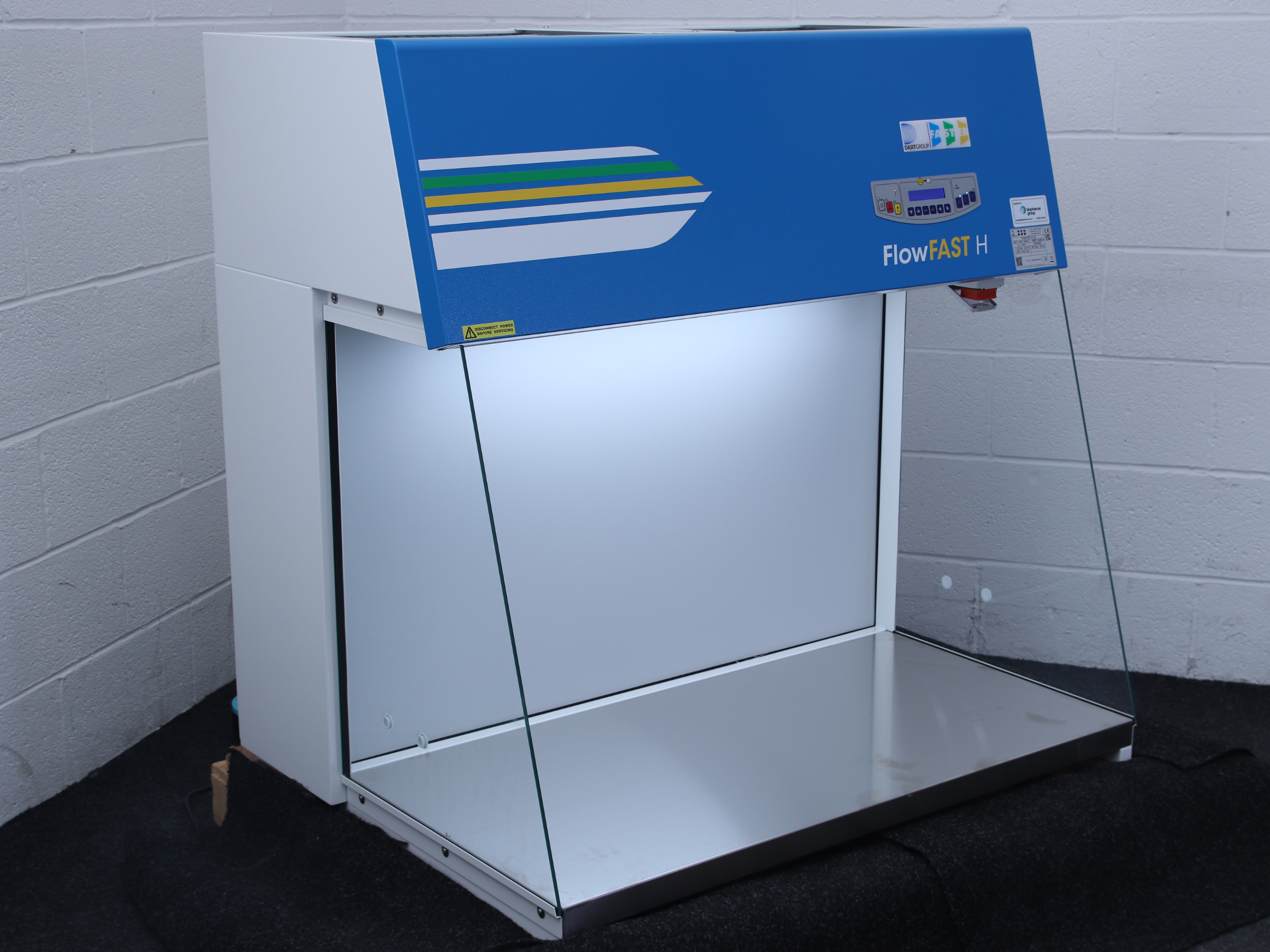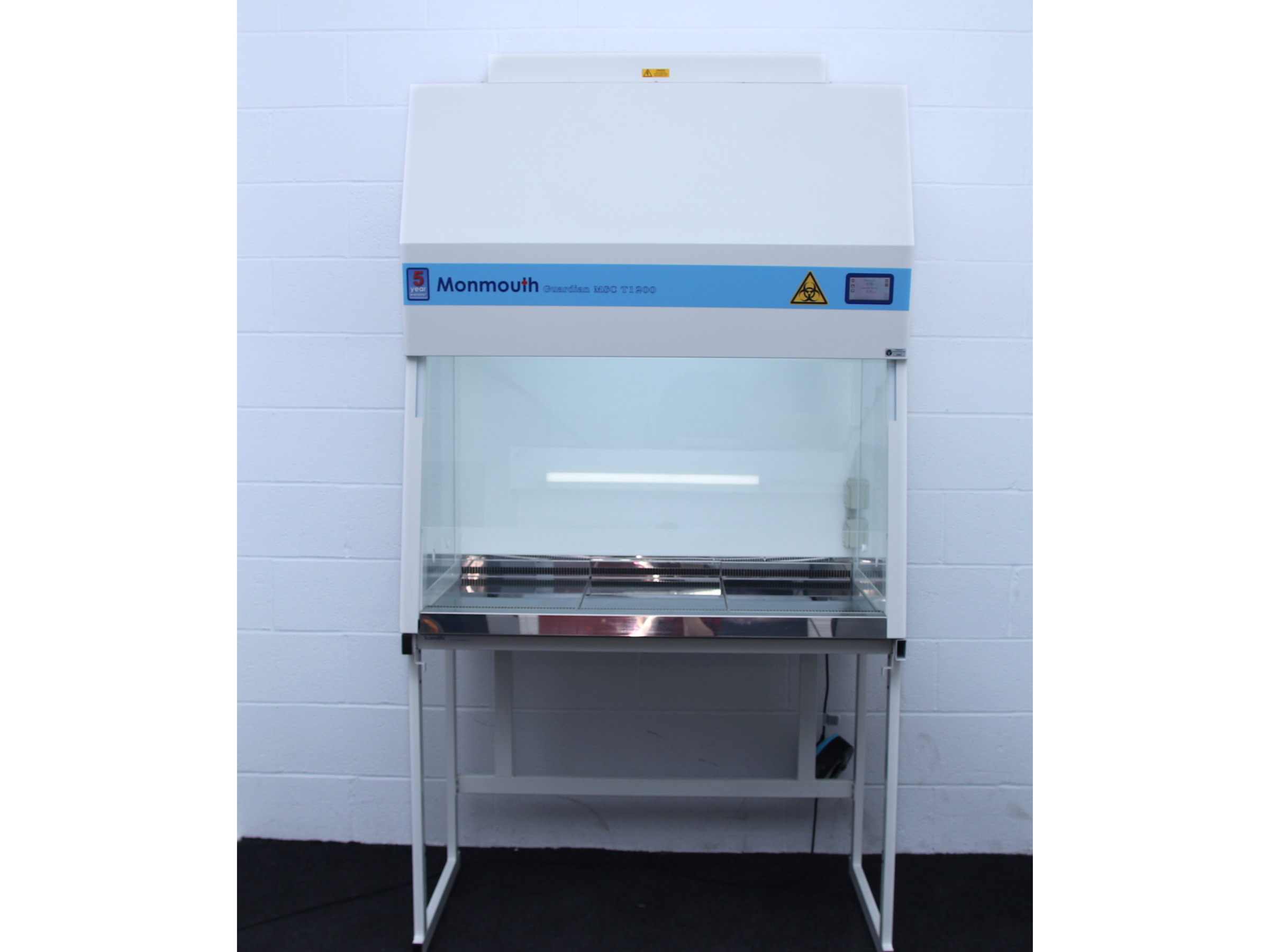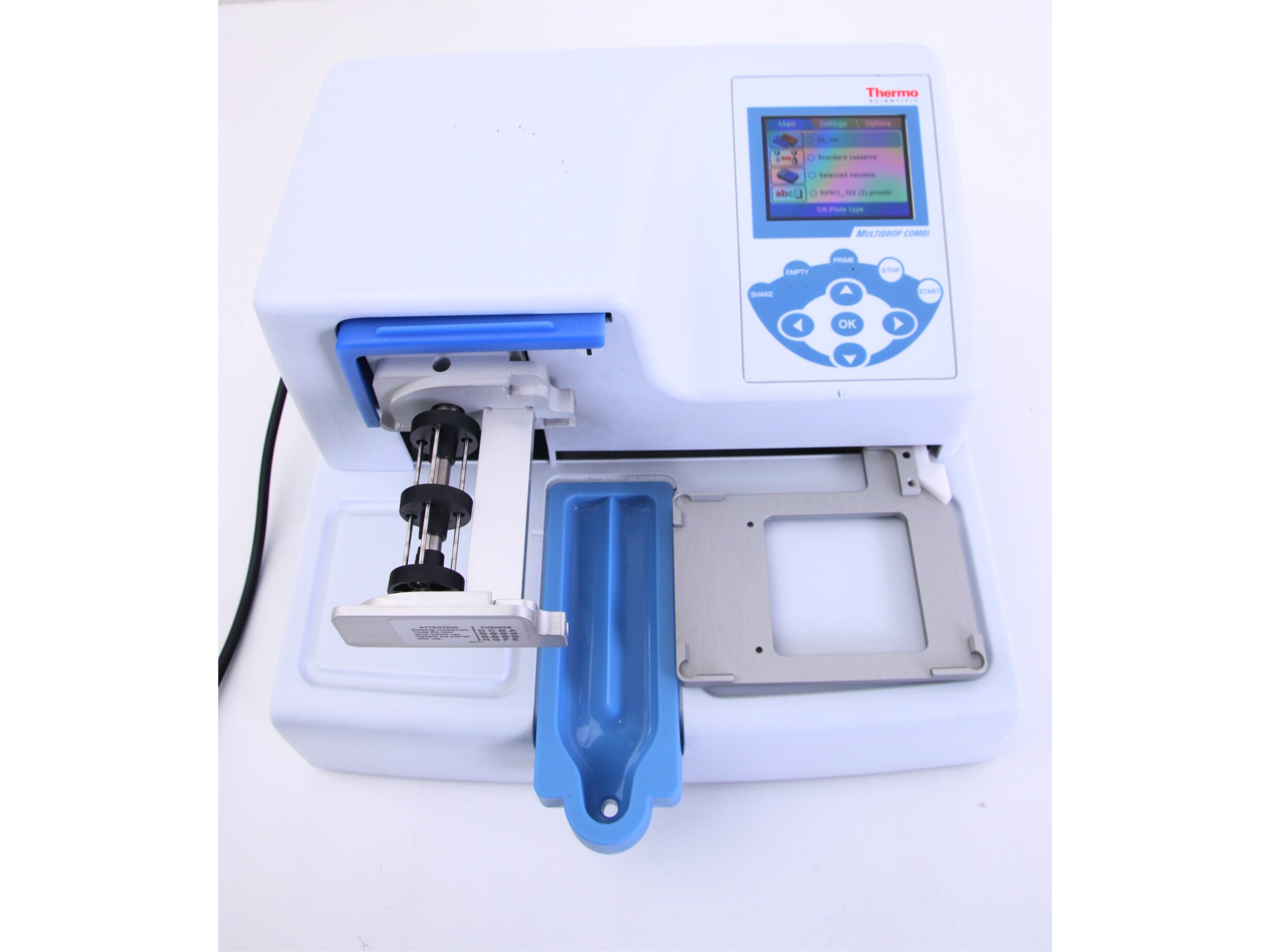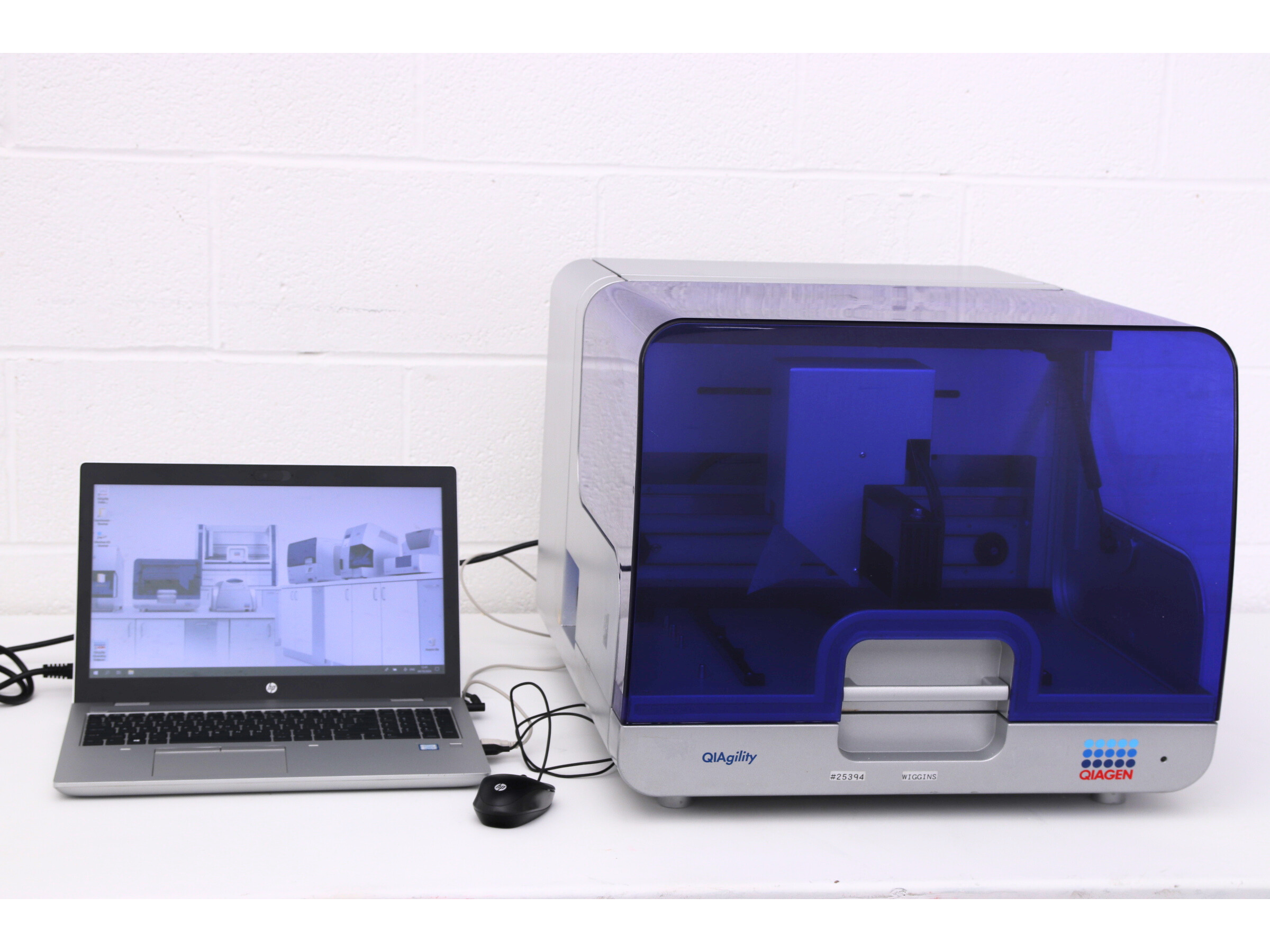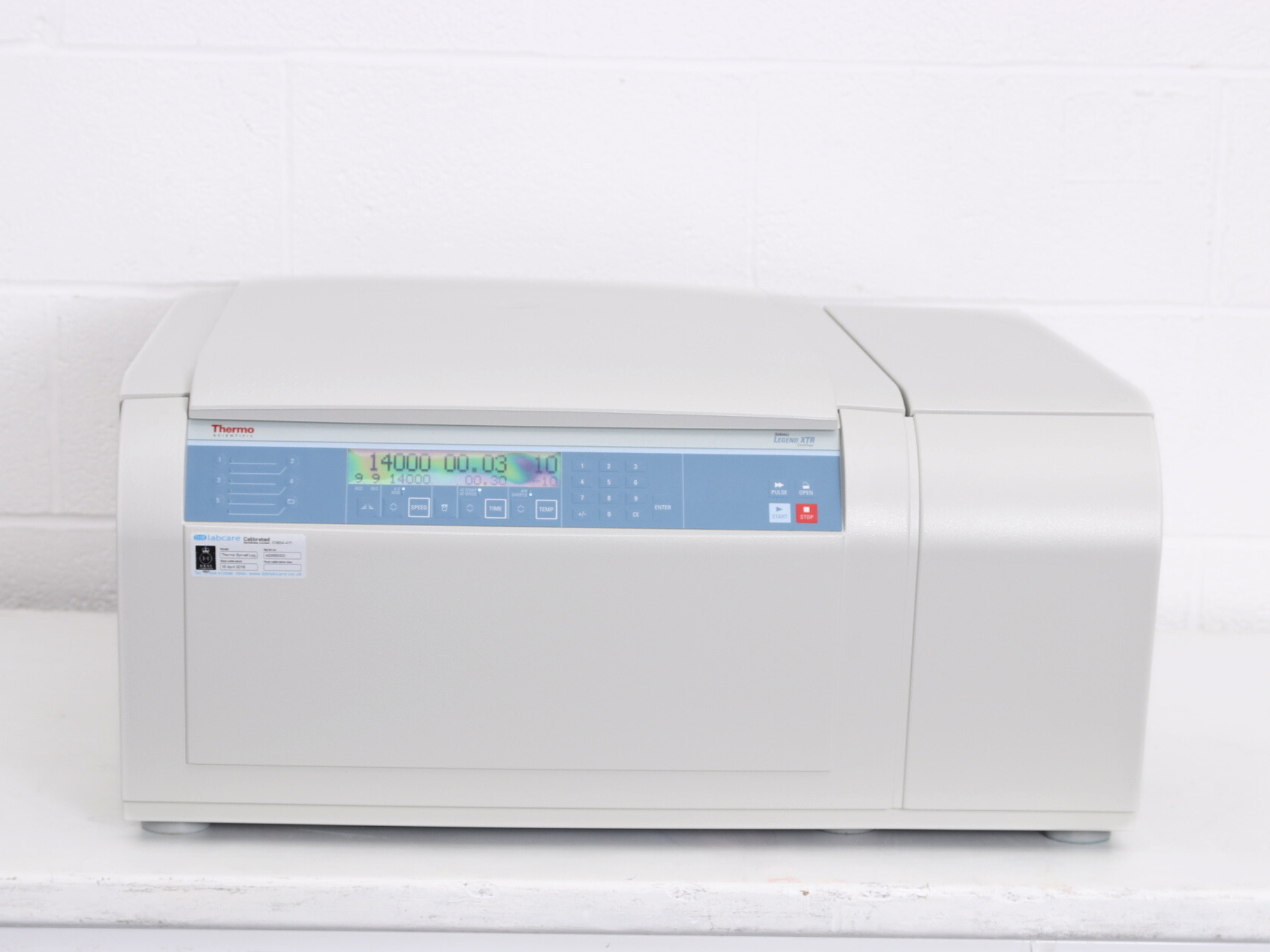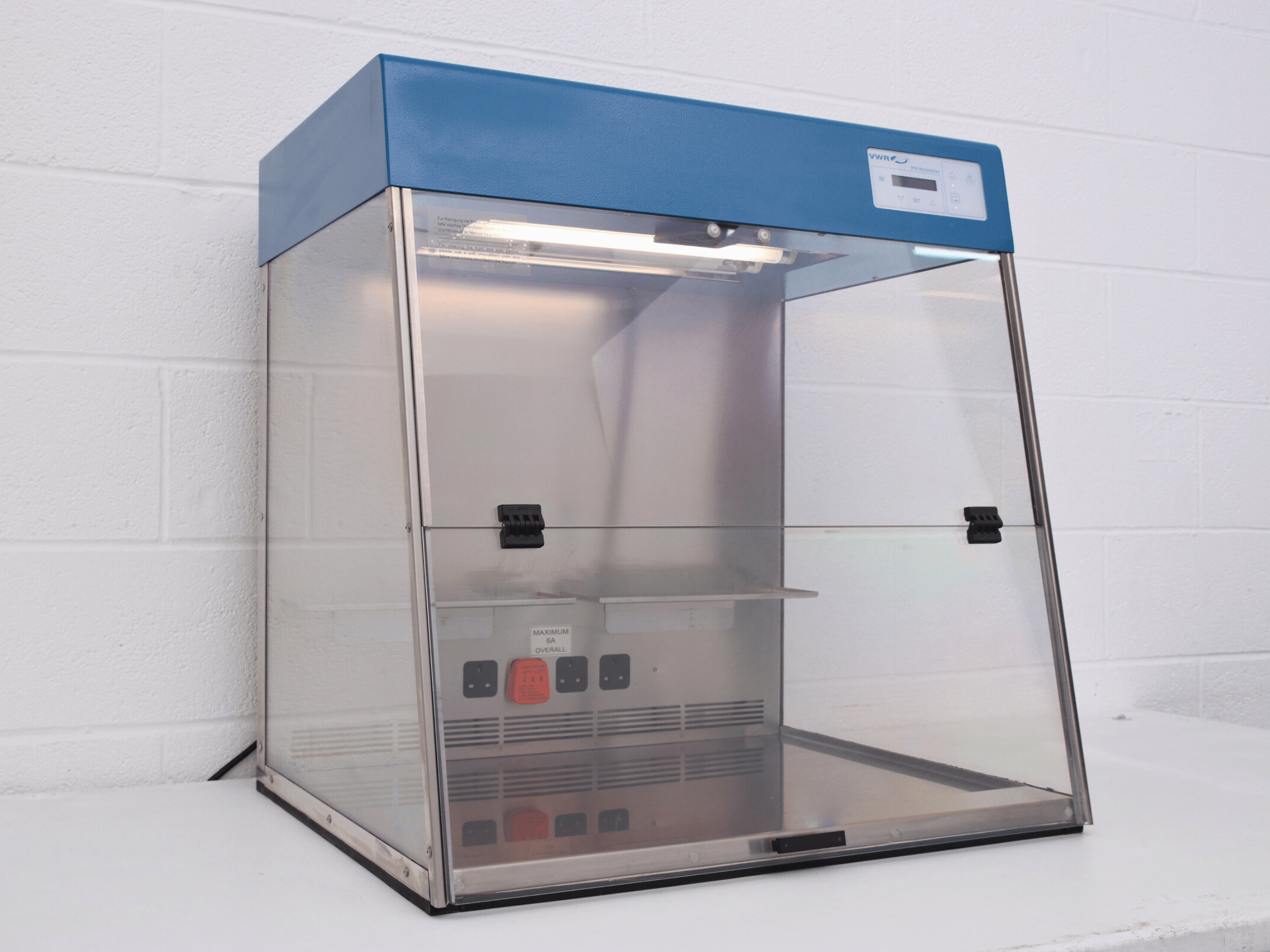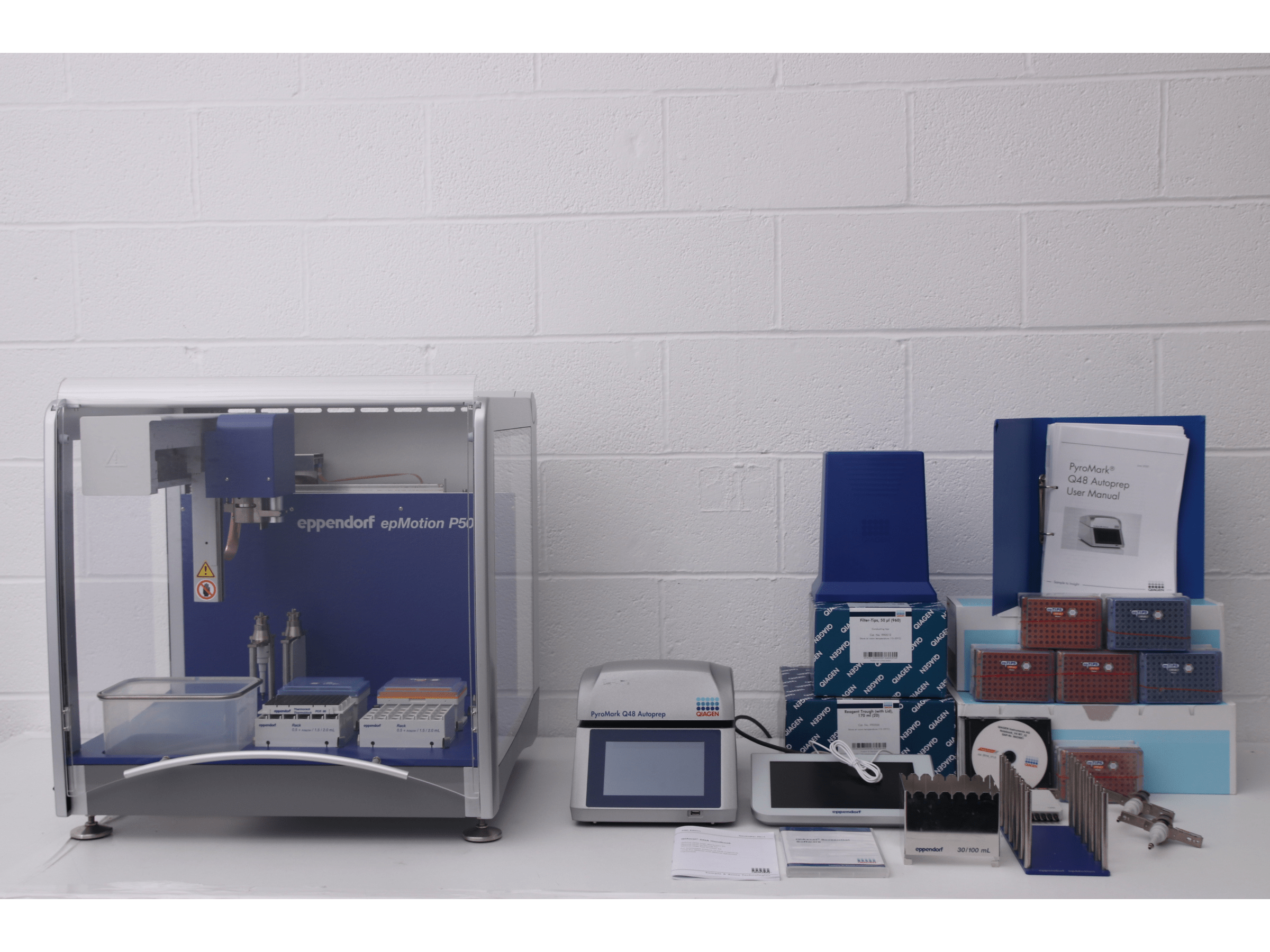Autoclaves are essential pieces of equipment in laboratories, healthcare facilities, and various industries where sterilisation is of utmost importance. Autoclaves use a combination of heat, pressure, and steam to effectively eliminate harmful microorganisms, ensuring that equipment, materials, and products are safe for use.
The Basics of Sterilisation
Before delving into the mechanics of autoclaves, it’s crucial to understand the concept of sterilisation. Sterilisation is the complete destruction or removal of all forms of microbial life, including bacteria, viruses, fungi, and spores. Achieving sterilisation is critical in medical and laboratory environment because contamination could have serious consequences.
The Components of an Autoclave
An autoclave consists of several key components that work together to achieve effective sterilisation:
Chamber: The chamber is the primary vessel where items to be sterilised are placed. It is usually made of a strong, heat-resistant material like stainless steel.
Door: Autoclaves have a secure and tightly sealed door that prevents steam from escaping during the sterilization process. Safety mechanisms ensure the door cannot be opened until the chamber is depressurized.
Heating System: Autoclaves have a heating system in order to generate the necessary heat for sterilisation.
Pressure Control System: The pressure control system allows the autoclave to reach and maintain the desired pressure levels. This ensures that steam remains in a gaseous state, which is vital for effective sterilisation.
Steam Generator: Steam is generated within the autoclave by heating water in a separate chamber. The resulting steam is then introduced into the sterilization chamber.
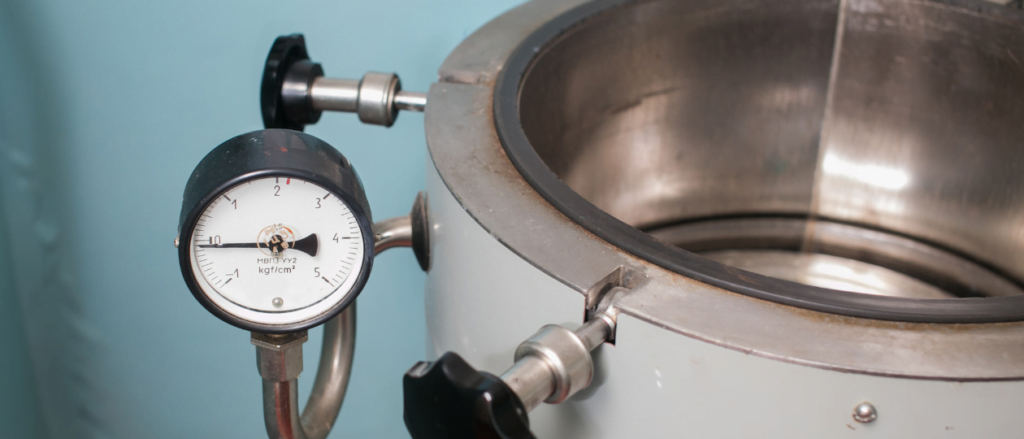
The Sterilisation Process
The primary method autoclaves use for sterilisation is by exposing equipment to high-pressure saturated steam at elevated temperatures. Here’s how the process works:
Loading: Items to be sterilised are loaded into the autoclave chamber. It’s essential to arrange them in a way that allows steam to circulate effectively in order to ensure complete sterilisation of all equipment.
Air Removal: The autoclave initially removes air from the chamber because air can interfere with the sterilisation process. A vacuum pump or other mechanisms may be used for this purpose.
Heating and Pressure: The autoclave’s heating system raises the temperature inside the chamber to the desired sterilisation temperature, usually around 120°. At the same time, the pressure control system increases the pressure to maintain a specific level, typically around 15 psi (pounds per square inch).
Sterilisation Time: Once the chamber reaches the required temperature and pressure, items are exposed to these conditions for a specific period, typically 15 to 20 minutes. This duration allows steam to circulate fully and kill microorganisms effectively.
Cooling: After sterilisation, the autoclave begins a controlled cooling process. This prevents thermal shock to delicate materials and ensures safe removal of items.
Venting: The autoclave’s pressure is gradually released, and the door can be safely opened once the chamber is back to atmospheric pressure. Items inside are now sterilised and safe to use.
Autoclaves provide a reliable method for sterilising a wide range of laboratory equipment. Understanding how they work is essential for those who work in laboratories and healthcare. By utilising heat and pressure, autoclaves play a crucial role in maintaining safety and hygiene, ultimately contributing to advancements in science and healthcare.
